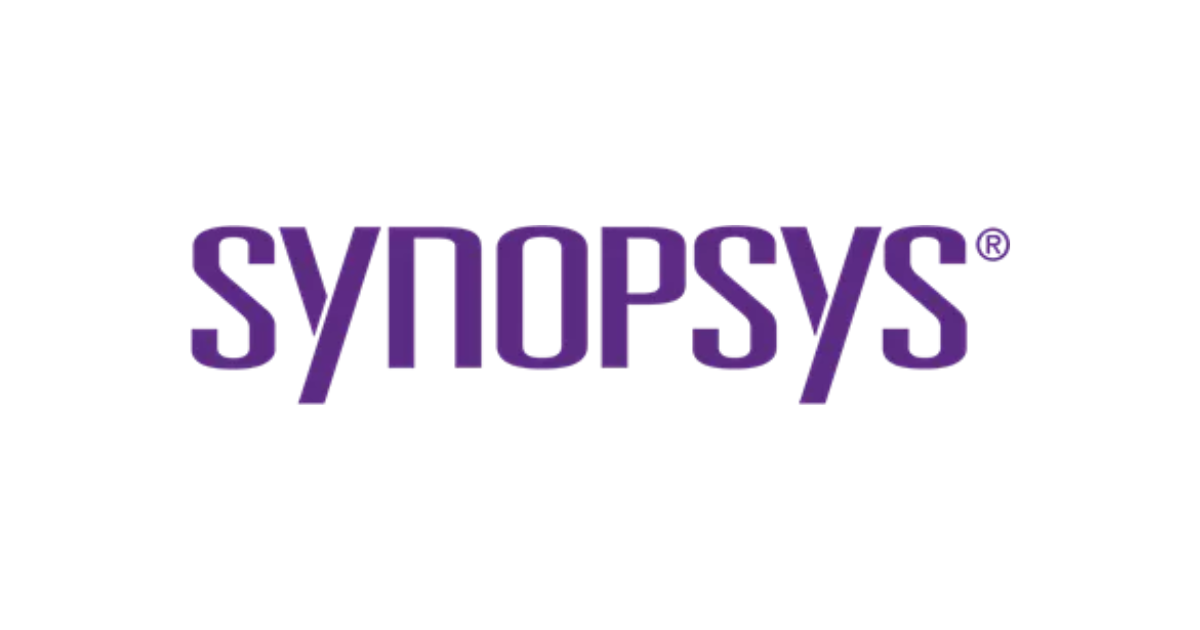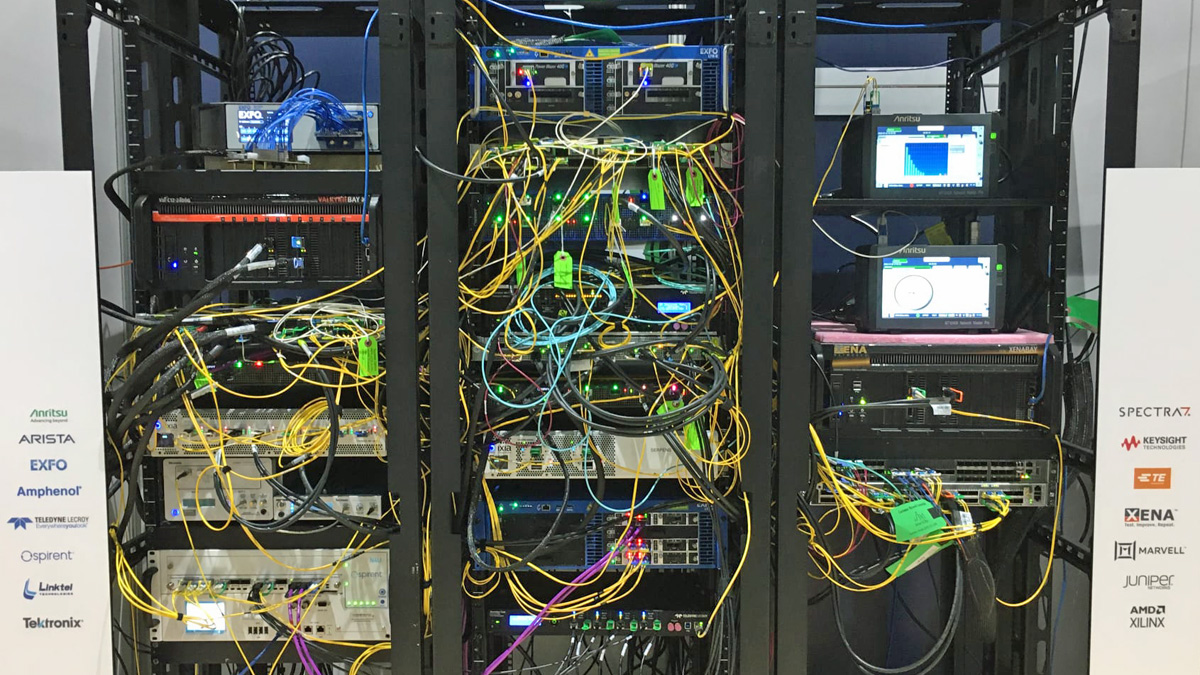High-Speed Data on the Move: How 400G ZR and ZR+ Optics are Changing the Game
By Daniel Gonzalez, Sr Field Application Engineer Manager
Joining the Ethernet Alliance at OFC 2024 is participating member Anritsu. In this guest blog, Daniel Gonzalez, Sr Field Application Engineer Manager explains how 400G ZR and ZR+ optics are revolutionizing the field of high-speed data transmission.
The way we interact with the world is evolving rapidly, driven by advancements in artificial intelligence, machine learning, autonomous vehicles, and industrial automation. These applications demand high-speed data interconnects to efficiently manage and communicate massive amounts of data. This is where 400G ZR and ZR+ optics come in, revolutionizing the field of high-speed data transmission.
Breaking Down Traditional Data Centers:
Traditionally, data processing occurred in centralized data centers, but that model is changing. Applications are now distributed to the “edge”, meaning smaller, high-speed computing resources are placed closer to where they’re needed. This shift necessitates efficient and reliable connections between these edge resources.
Enter 400G ZR and ZR+ Optics:
These optics offer a powerful solution, enabling 400 Gigabit Ethernet (GbE) transmission over fiber optic cables. 400G ZR optics excel in point-to-point connections up to 120 kilometers, while ZR+ optics push the limit even further, supporting longer distances – up to 500km – with enhanced capabilities.
Key Differences:
Both types utilize coherent technology, but they differ in their Forward Error Correction (FEC) methods:
- 400G ZR: Uses CFEC, suitable for shorter distances.
- ZR+ and Open ZR+: Leverage OFEC, enabling longer reach and higher performance.
ZR+ optics also offer increased flexibility by supporting various client interfaces like 100GbE and 200GbE, ideal for diverse service provider needs.
Compatibility with ROADM Networks:
ZR+ and Open ZR+ are compatible with Reconfigurable Optical Add-Drop Multiplexers (ROADMs), allowing seamless integration into existing networks and simplifying deployments.
Impact on High-Speed Interconnects:
400G ZR and ZR+ optics offer significant advantages:
- Increased capacity: Handle massive data volumes efficiently.
- Longer reach: Connect edge resources across wider geographical areas.
- Enhanced flexibility: Support diverse client interfaces and network configurations.
- Simplified deployments: Integrate seamlessly with ROADMs.
Conclusion:
These optics are revolutionizing how high-speed data interconnects are deployed. They cater to the evolving needs of distributed computing, enabling efficient, reliable, and scalable data transmission in the age of AI, machine learning, and edge computing.
I hope this blog post effectively summarizes the key points and provides a clear understanding of 400G ZR and ZR+ optics. For more information, see this educational video that explains this in even more detail.
The views and opinions expressed are those of the authors and do not necessarily reflect the official policy or position of the Ethernet Alliance.




